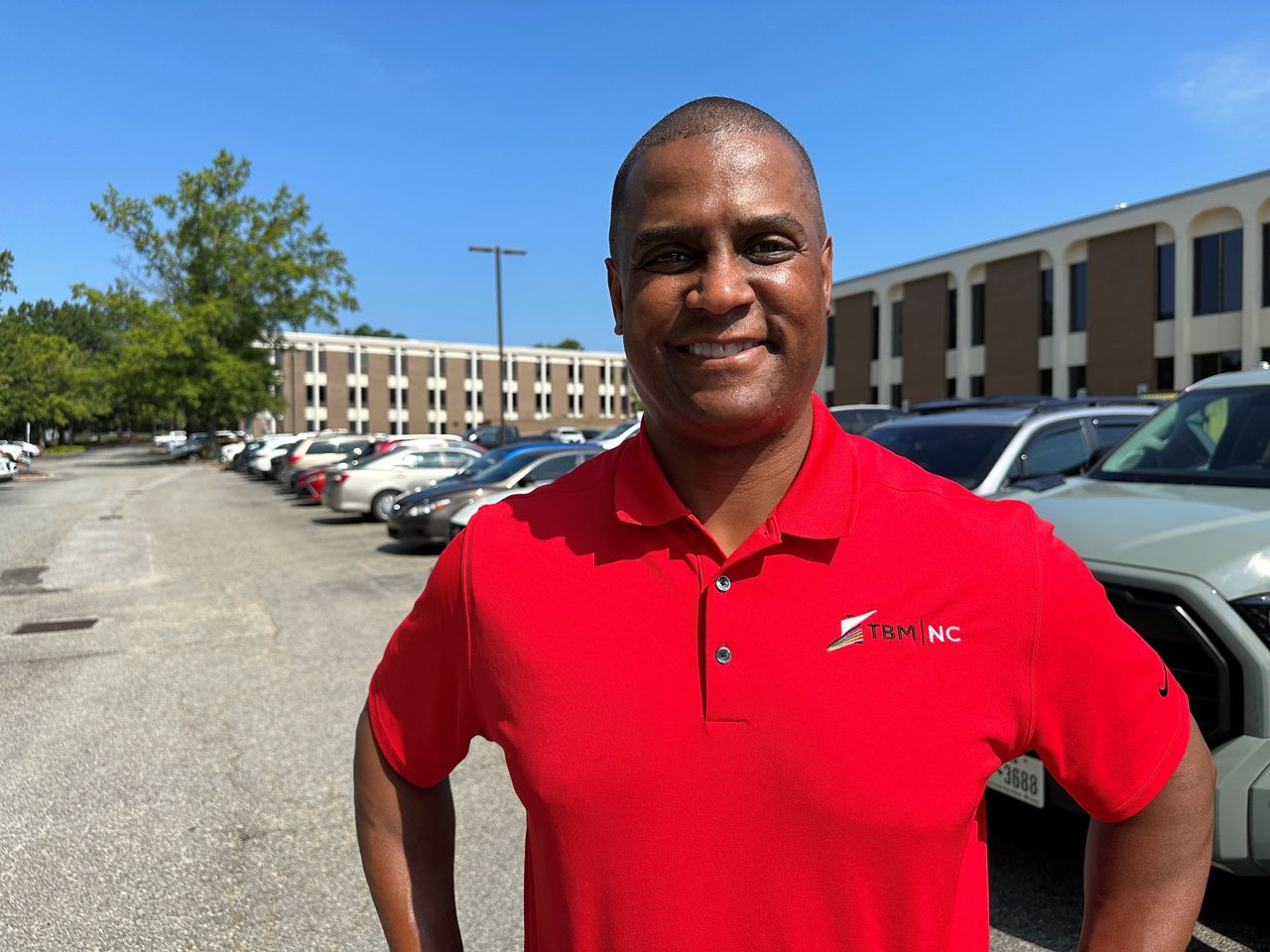GREENSBORO, N.C. — A group of newly hired employees are learning the ropes at a Toyota office building in Greensboro, North Carolina.
As workers are trained, Toyota is also going through a learning process. The company is heavily investing in the rapidly evolving electric vehicle industry. Toyota hopes to sell 1.5 million electric vehicles worldwide in 2026. Last year, it only sold around 25,000.

“It’s a lofty goal for us. But we believe we've got a pretty good strategic plan to get there,” said North Carolina Toyota Manufacturing CEO Sean Suggs.
Toyota is spending nearly $6 billion building its first U.S. battery plant in central North Carolina. Production is expected to start in 2025 and eventually the company says it will employ 2,100 people.
While U.S. sales of new all-electric and hybrid vehicles did set a record in the first quarter of this year, according to Canary Media, they still were only 8% of all new vehicles sold.
Toyota isn’t the only carmaker placing big bets on an electric future. It’s one of several companies building plants in North Carolina and around the country that will manufacture electric vehicles or electric vehicle parts.

About an hour from where Toyota’s new facility is rising in the Greensboro area is a new player in the American EV market called VinFast.
The company, owned by a Vietnamese billionaire, broke ground this summer on a plant outside of Raleigh, N.C. It’s expected to start production in 2025.
Initially, VinFast hopes to build 150,000 vehicles a year at the factory and employ 7,500 people.
“EVs are the future of mobilities, and there are still not many companies, or products, in the market, so we see that as a huge opportunity,” said VinFast Manufacturing CEO Van Anh Nguyen.
But the company has had a rocky start in the U.S.
The VinFast VF 8 was battered by negative reviews and a recall notice. Nguyen said the company upgraded the vehicle’s software in response.
“We take the reviews from the market into our heart,” Nguyen said. “Come back to us and drive the cars again, and you will see we are developing, we are taking actions on the reviews, and we are improving day by day."
Auto manufacturers poured $36 billion into EV operations in 2021, which was up from around $6 billion the year before, according to the Center for Automotive Research.
With EV sales projected to soar, automakers are planning to stop selling gas cars, including General Motors by 2035 and Honda by 2040.
VinFast, which is already all electric, sees an opportunity for growth.
“We knew day one that we wanted to go into [the U.S.] market because of the huge potentials of the market, because of the infrastructure for EVs … but it’s also the vision of the U.S. government into the electrification,” Nguyen said.

The bipartisan infrastructure law provides $7.5 billion to build EV charging stations, addressing a shortage that has dampened sales.
And the year-old federal law, known as the Inflation Reduction Act, provides up to a $7,500 credit for buying certain EVs.
Both VinFast and Toyota have received hundreds of millions of dollars in credits from the state of North Carolina.
It’s an industry thousands of workers are getting jobs in and one where automakers are convinced consumers are going to invest in. The question is how long it will take.
“We think it’s the future, but our customers are telling us let’s make sure we pace it, don’t just turn the switch 100% EV and think we’re going to be comfortable with it. It’s going to take some time,” Suggs said.



